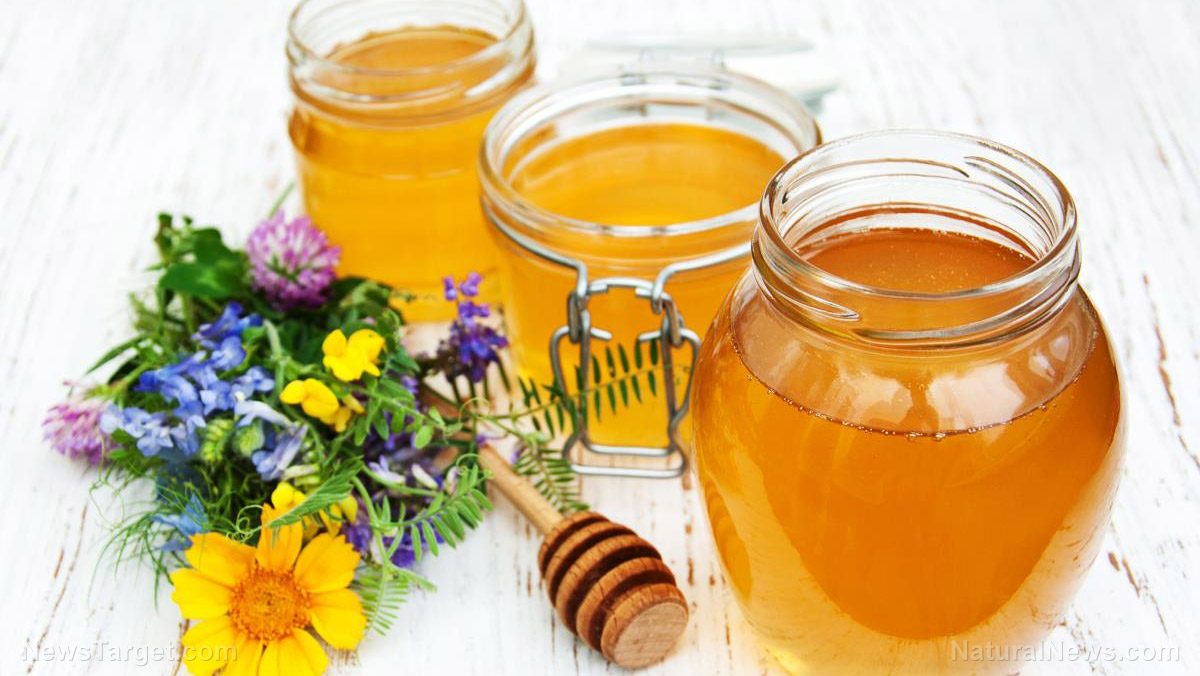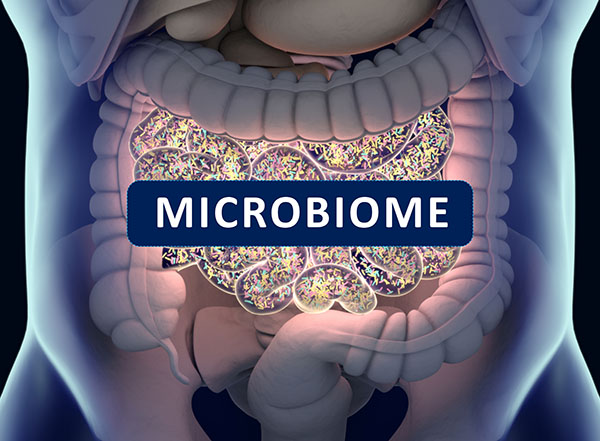
Ancient civilizations used honey as a natural remedy for all kinds of ailments, such as infected wounds, gastrointestinal problems, cardiovascular problems, and liver problems. Today, honey is known for its abundance in phytonutrients and its anti-inflammatory, antioxidant, cardioprotective, anti-cancer, and antimicrobial properties. In a proteomic study published in the Journal of Natural Products, researchers from the Czech Republic discovered a number of proteins -- some previously known, others newly identified -- responsible for honey's antimicrobial properties. They reported that honey bees supply these proteins in a stable ratio, but total protein quantity varies between different honeys.
Honey bees and honey
There are almost 20,000 different species of bees in existence, and honey bees make up only a small portion of it. Bees that belong to the genus Apis are said to be the only true honey bees. In particular, the species Apis mellifera Linnaeus, also known as the Western or European honey bee, is the most common of the seven extant species of honey bees. This species can be found in every continent except Antarctica. The European honey bee is known not only for producing and storing honey, but also for using wax to build a nest for its colony. It is one of the first insects to be domesticated as a pollinator and a honey producer.
Honey is a viscous, nutritious, sweet-tasting liquid produced by honey bees. Its color depends on the floral nectar used to make it, and different-colored honeys have different properties. Honey with a dark color has a stronger flavor and a higher antioxidant content, while light-colored honey has a milder taste and a lower concentration of antioxidants. To make honey, European honey bees collect nectar from different flowers and bring them back to their hive to ripen. This gives the honey a viscous consistency and its signature sweet taste.
Due to its many uses and health benefits, honey has become a popular but often adulterated product. On the other hand, because of this, the chemical makeup of honey has been the subject of many scientific studies. But while researchers have learned a lot about the composition of honey, the presence of honey proteins in small quantities has made identifying them very difficult. (Related: Honey and its many benefits to overall health and wellness.)
Proteomic analysis reveals the protein composition of honey
In an attempt to characterize the proteins in honey, Czech researchers conducted a comprehensive proteomic analysis of 13 honeys, most of which can be found in their country. They used a combination of liquid chromatography and mass spectrometry to identify honey proteins and measure the protein quantity in each of their samples.
The researchers found that the sample honeys contained a similar ratio of proteins, but they had dissimilar total amounts. For instance, eucalyptus honey vastly differed from the other honeys. The researchers also found that proteins like hymenopaectin, defensin-1, glucose dehydrogenase isoforms, venom allergens, and other venom-like proteins, serine proteases and serine protease inhibitors, and some royal jelly proteins are responsible for honey's antimicrobial properties. The presence of some of these proteins, like hymenopaectin, were previously unreported in honey.
"Overall, the proteome analysis indicated that honeybees supply proteins to honey in a relatively stable ratio within each proteome, but total protein quantity can differ by approximately an order of magnitude in different honeys," the researchers concluded.
They also believe that their study shows how present knowledge of honey protein composition is still lacking, and that further studies are needed because of its high medical and pharmaceutical importance.
Sources include:
Please contact us for more information.























